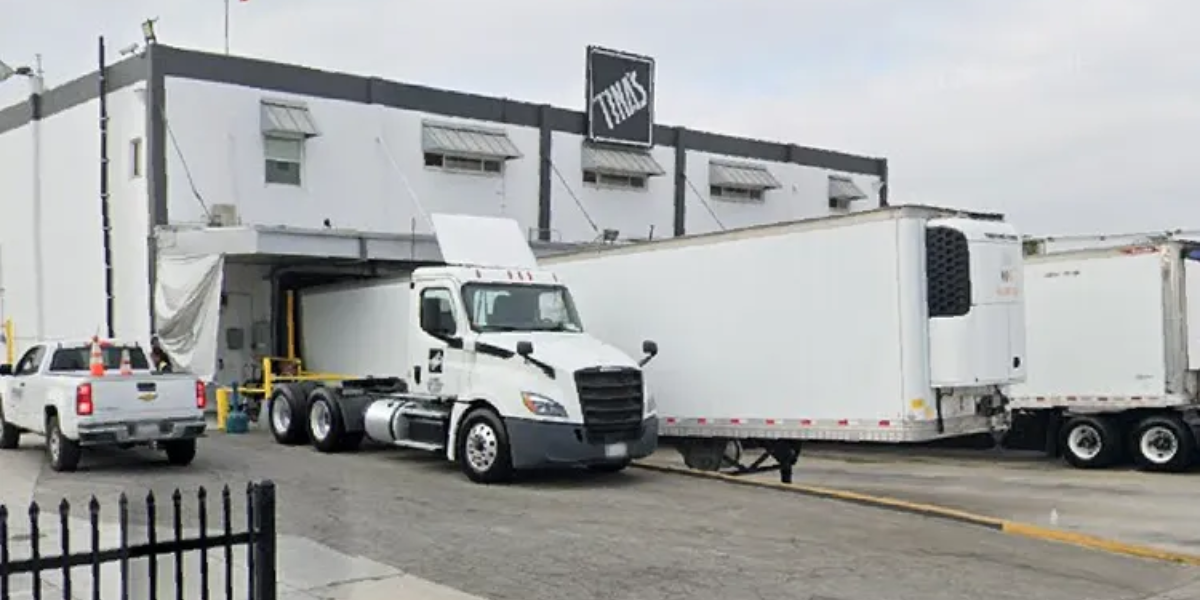LOS ANGELES, Calif. — After years of public debate, legal challenges, and advocacy efforts, the last two Asian elephants at the Los Angeles Zoo — Billy, 40, and Tina, 59 — have officially begun a new life at the Tulsa Zoo in Oklahoma. The move marks the end of an era for the LA Zoo’s elephant program and highlights ongoing questions about the ethics of elephant captivity in urban zoos.
A Quiet Departure After Years of Scrutiny
The relocation, which was not publicly scheduled in advance, took place after weeks of planning and a court decision that allowed the transfer to proceed. The 26-hour journey, monitored closely by veterinary and care teams, was reportedly smooth, with both elephants remaining calm and well-fed during periodic stops for water, hay, cantaloupe, and romaine lettuce.
The LA Zoo confirmed their safe arrival Wednesday morning and expressed gratitude to supporters who had visited Billy and Tina over the decades. In a statement, the zoo emphasized its commitment to animal welfare, noting that both elephants would now have access to more expansive grounds and social opportunities.
A New Home with More Space and Companionship
The elephants are now housed at a newly expanded 17-acre elephant preserve within the Tulsa Zoo, which features a 36,650-square-foot barn and over 10 acres of wooded land. The Tulsa Zoo stated that Billy and Tina will first undergo a standard quarantine before gradually being introduced to the facility’s existing herd, including elephants Connie and Hank, who were relocated last year.
“Billy and Tina are already beginning to form bonds with their new care team,” said a Tulsa Zoo spokesperson. “As with any transition of this kind, we are taking the necessary time to ensure their comfort and wellbeing before they are viewable to the public.”
Legal Challenges and Advocacy Persist
The relocation was not without resistance. Animal rights organizations, including the Non-Human Rights Project and Social Compassion in Legislation, had pushed for the elephants to be transferred to a sanctuary instead of another zoo. Critics argue that even well-funded zoos cannot replicate the complex, wide-ranging habitats elephants require.
Courtney Fern of the Non-Human Rights Project reiterated the group’s stance, saying, “Elephants in captivity suffer greatly. Sanctuaries provide a more natural and dignified environment. We will continue to pursue legal avenues to advocate for Billy and Tina’s right to live as freely as possible.”
A request to delay the move through a temporary restraining order was denied by a Los Angeles Superior Court judge, who advised that such matters would be more appropriately addressed through the City Council.
Zoo Defends Decision, Plans to Pause Elephant Program
In its defense, the LA Zoo cited recommendations from the Association of Zoos and Aquariums (AZA) and its Elephant Species Survival Plan (SSP), both of which endorsed the move. The Zoo stated that all relocation options — including AZA-accredited sanctuaries — were reviewed before selecting the Tulsa Zoo.
“This decision was made with input from leading experts and prioritizes the health and wellbeing of our elephants,” said the zoo’s leadership. “While Billy and Tina will be missed, they are in capable and compassionate hands.”
Following the deaths of two other elephants — Shaunzi, 53, in January 2024 and Jewel, 61, the year before — the zoo was left with only Billy and Tina. Both deceased elephants were euthanized due to age-related health decline, unrelated to the zoo’s conditions, officials noted.
With their departure, the LA Zoo will temporarily pause its elephant program, a decision unrelated to the city’s ongoing budget review, according to zoo representatives.
What Comes Next for Billy and Tina
For now, the pair will remain out of public view while adjusting to their new environment. The Tulsa Zoo has promised transparency in their care process and reiterated its commitment to high standards in animal welfare.
As advocates continue to push for sanctuary placements, and institutions reassess the ethics of keeping large animals in captivity, Billy and Tina’s journey serves as a focal point in the evolving discussion about animal rights and conservation.
For official updates on zoo animal programs, visit the U.S. Department of Agriculture’s Animal Welfare page or check with the Association of Zoos and Aquariums (AZA).
“This article was written by Mathew Owen. AI tools were used lightly for grammar and formatting, but the ideas, words, and edits are all mine.”


 by
by 

